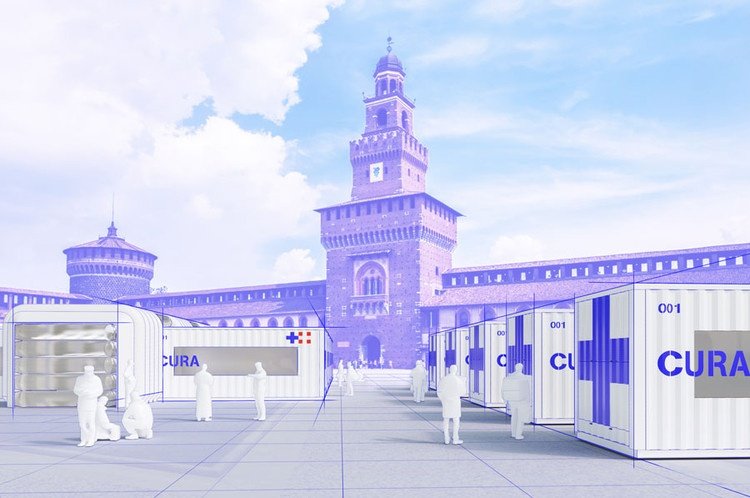If spaces can be efficiently and effectively designed then it can certainly deal with all kinds of a pandemic like situation be it prevention, containment or treatment even of global outrages like the COVID-19. On the 17th of November,2019 the first Corona Virus case was reported in Wuhan, China and on the 11th of March,2020 World Heath Organization declared the outbreak as a pandemic with over 138,000 cases have been confirmed in more than 130 countries and territories and at least 3,300 people been already dead from the disease. Public responses already collapsed in several countries, with citizens’ life changing within mere few hours of sudden decisions of curfews, event cancellation, schools being closed and several cities opting for a complete lockdown. Countries across the world have opted for various measures to counter and reduce the factors influencing the cause like installation of various new screening methods at airports and train stations and excessive coronavirus public monitoring, such as facial recognition technology that can detect elevated temperatures in a crowd or flag citizens not wearing a face mask, while apps use the personal health data of citizens has been implemented.
Architecture and Pandemic
‘Architecture can shape diseases’ this statement is validated because it has been observed that the needs of humans have evolved from time to time, after each pandemic and the buildings thus created have been designed accordingly as well. For example during the Cholera outbreak in London, in 1856, Frederick Marrable was assigned to design the Metropolitan Board of Works in order to provide sanitary infrastructure. The world is currently fighting a war with this unknown entity the new evolution of design has taken a toll as well catering to spatial configuration, modes of living and notion of the human body due to the same.

Contributions as a Community
As the scenario is constantly worsening various architects and architectural firms have taken on to this fight with revealing varied methods to save the world from the clutches of the pandemic abiding by rules and regulations as provided by the World Health Organization. They have come up with 3D printed face shields, hospital conversions, material donations, and deployable intensive care units are just some ways architects are stepping up during the pandemic. Brooklyn based Rich Brilliant Willing (RBW) has decided to donate 10,000 face shields to New York City healthcare providers after producing a redesign of the Budmen Face Shield with iMakr, a leading 3D printing company and Industry City neighbor and have also made the design publicly available for other organizations to follow the same. One of the major problems that is being faced by the frontline worriers at various hospitals is the lack of beds, hence HKS Architects have adopted on building plans on how quickly hotels, schools, and other venues can rapidly convert to patient care units. A hotel serves as an ideal option for the conversion as the guest rooms could act as the patient’s room while the lobbies could act for the other services and the administrative purposes providing complete isolation and protection.
However, few designers have started designing new emergency intensive care units instead of converting various spaces into healthcare units. CURA pods are one such solution. CURA (Connected Units for Respiratory Ailments) is an open-source design for emergency COVID-19 hospitals initiated by a team of architects, engineers, doctors, and military experts and currently being built in Milan. They are primarily made up of ship containers turned into biocontainment pods, and are easily deployable in cities around the world, having each unit functioning autonomously, the individual pods can be connected by an inflatable structure to create modular configurations and would contain all the equipment needed for two patients including ventilators also these can be made mobile and hence can eve be placed in the parking lot of a COVID hospital. The United States government has been constantly working to locate areas which can act as safe site for building the emergency care units as the FEMA contractors continue their search for appropriate materials Mannington Commercial has established a hotline that will assist FEMA and related service providers to ensure the availability of resilient sheet flooring products for use in temporary care facilities. Along with all of these various independent design organizations are doing their surveys, research and measures together as a community.

The world is going through a never experienced before a situation where every citizen belonging to their community is trying to contribute their share!



